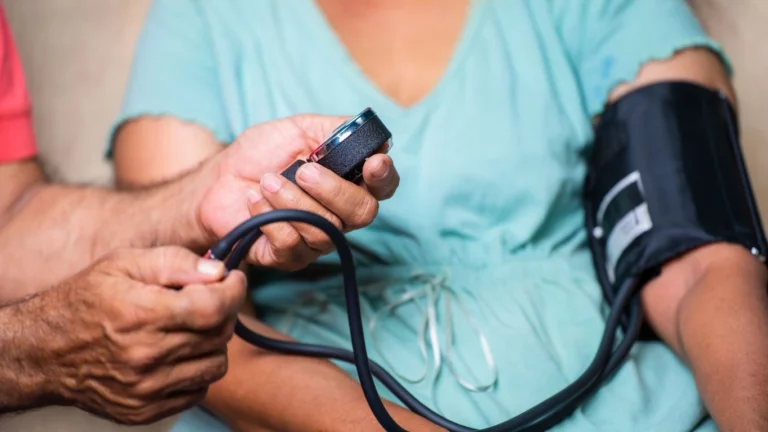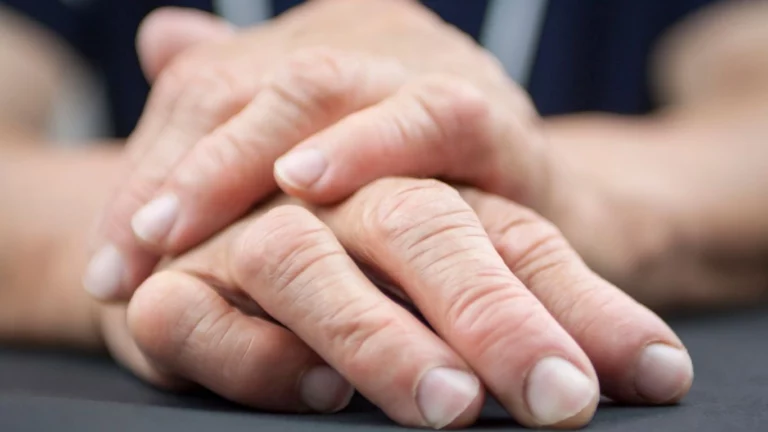Rheumatoid Arthritis & Joint Mobility Loss: The Battle to Keep Moving
Last Updated on April 4, 2025 by Camellia Wulansari
Rheumatoid arthritis and its role in joint mobility loss is something I’ve seen up close—both in my practice and in my personal journey of helping individuals reclaim their movement. If you’ve ever woken up feeling like your joints have turned into rusty hinges, trust me, you’re not alone. RA isn’t just about pain; it’s about how that pain shapes every little movement we take for granted. From buttoning up a shirt to gripping a coffee mug, the simplest tasks can feel like a battle. And let’s be honest, nobody really “gets it” unless they’ve lived it. So, let’s dive deep into what’s really happening inside those aching joints and what we can do to fight back.
Understanding Rheumatoid Arthritis and Its Role in Joint Mobility Loss
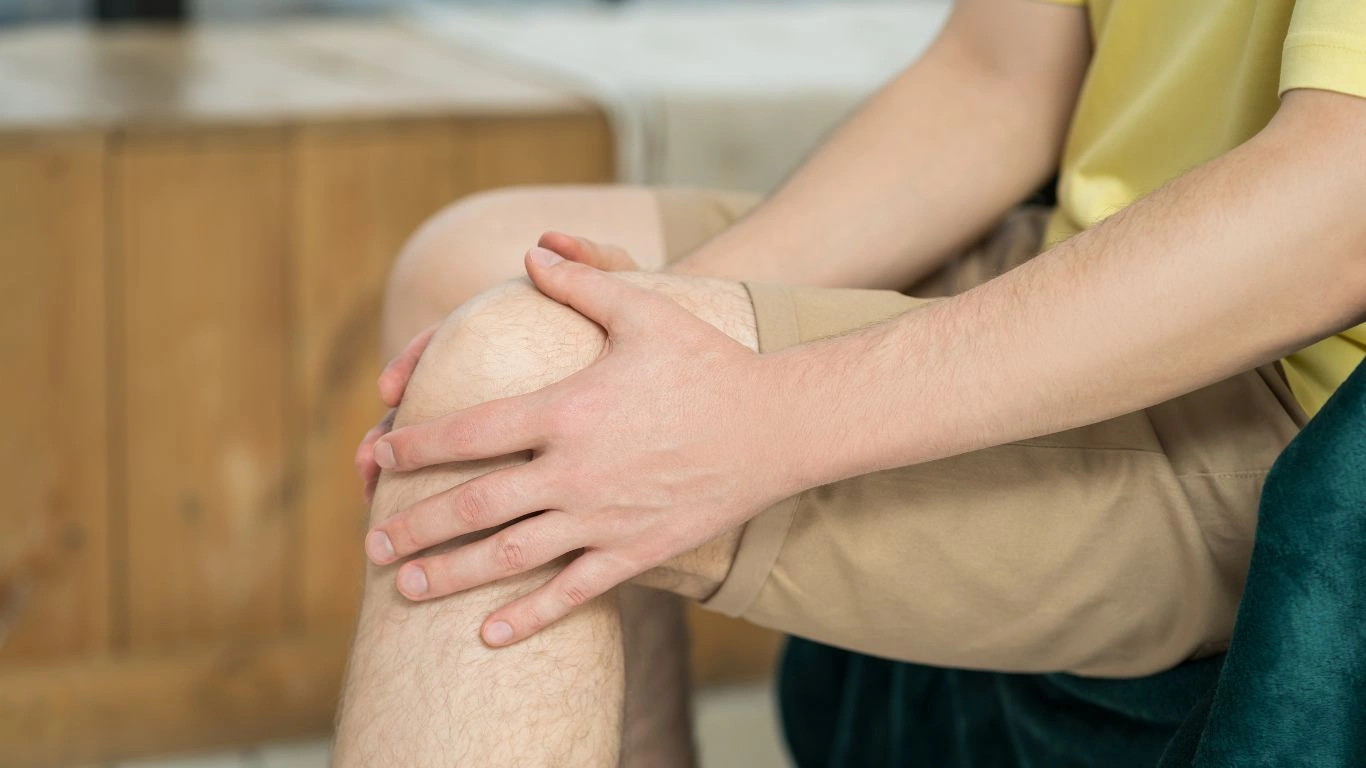
RA is not just another joint disease—it’s an autoimmune disorder that tricks your body into attacking itself. Your immune system, instead of being your best defense, becomes the enemy. It targets the lining of your joints (the synovium), causing chronic inflammation, swelling, and over time, permanent joint damage. That’s where mobility loss comes in. When joints become inflamed for too long, they start to lose their function, making even basic movements feel impossible.
The Early Signs: More Than Just Stiff Joints
RA doesn’t come knocking with a grand entrance—it sneaks in quietly. Many people shrug off the first signs, thinking it’s just aging or overuse. But here’s what to watch for:
- Morning stiffness lasting more than an hour
- Swollen, tender joints—especially in the hands and feet
- Unexplained fatigue that feels like you ran a marathon in your sleep
- Joints feeling warm to the touch
- Periods of symptom flare-ups followed by times of relief
One of my patients once told me, “I felt like my body had been hijacked overnight.” And honestly, that’s exactly what it feels like when RA starts taking over.
Why Mobility Loss Happens (And How Fast It Can Progress)
RA works silently at first, but its effects are anything but subtle. As the inflammation builds, your joints begin to erode. The cartilage that cushions your bones wears away, and over time, the bones may even fuse together. This leads to:
- Reduced range of motion—bending and stretching become tough
- Chronic pain that worsens with movement
- Weakness in the affected joints
- Joint deformities (especially in the fingers and toes)
One of the biggest mistakes people make? Waiting too long to take action. The sooner RA is managed, the better the chances of preserving mobility.
How RA Affects Different Joints in the Body
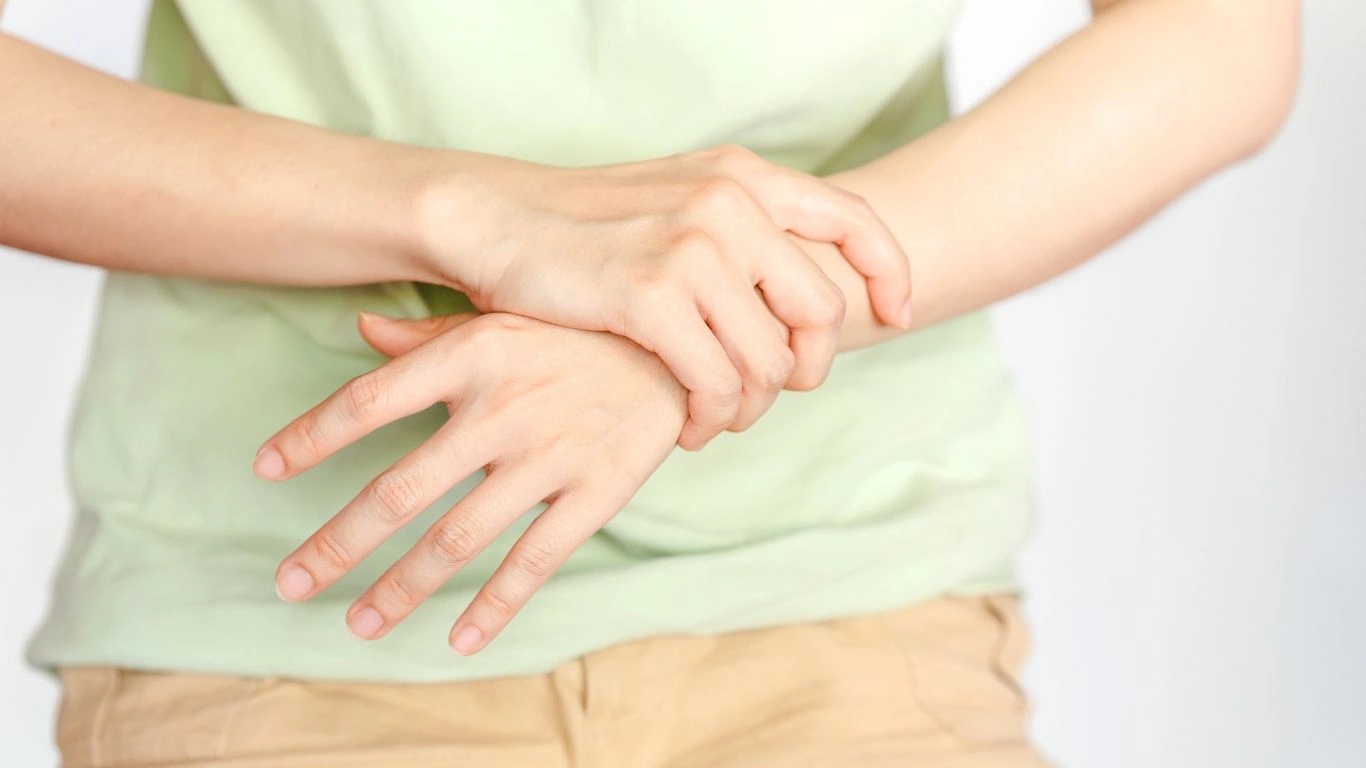
Not all joints are affected equally, and for many people, RA starts in specific areas before spreading. Here’s a breakdown of how different joints suffer:
Hands and Wrists: The First to Show Symptoms
The hands are one of RA’s favorite targets. Most patients first notice swelling in the knuckles and wrist joints, making gripping objects painful. Over time, fingers may start to drift sideways, a condition called ulnar deviation.
Knees and Hips: The Weight-Bearing Struggle
Walking, climbing stairs, or even standing up can become painful as RA erodes knee and hip joints. Mobility aids like braces and canes often become necessary.
Feet and Ankles: Balance and Walking Challenges
RA often affects the small joints in the feet, making it feel like you’re walking on sharp rocks. Many people experience collapsed arches and severe foot pain.
Shoulders and Elbows: Range of Motion Decline
Simple tasks like reaching for a shelf or lifting a grocery bag become difficult as RA tightens up the shoulder and elbow joints.

It’s clear that RA doesn’t play favorites. Every joint is at risk, and if left unchecked, mobility loss can become permanent.
The Impact of RA on Daily Life: More Than Just Joint Pain
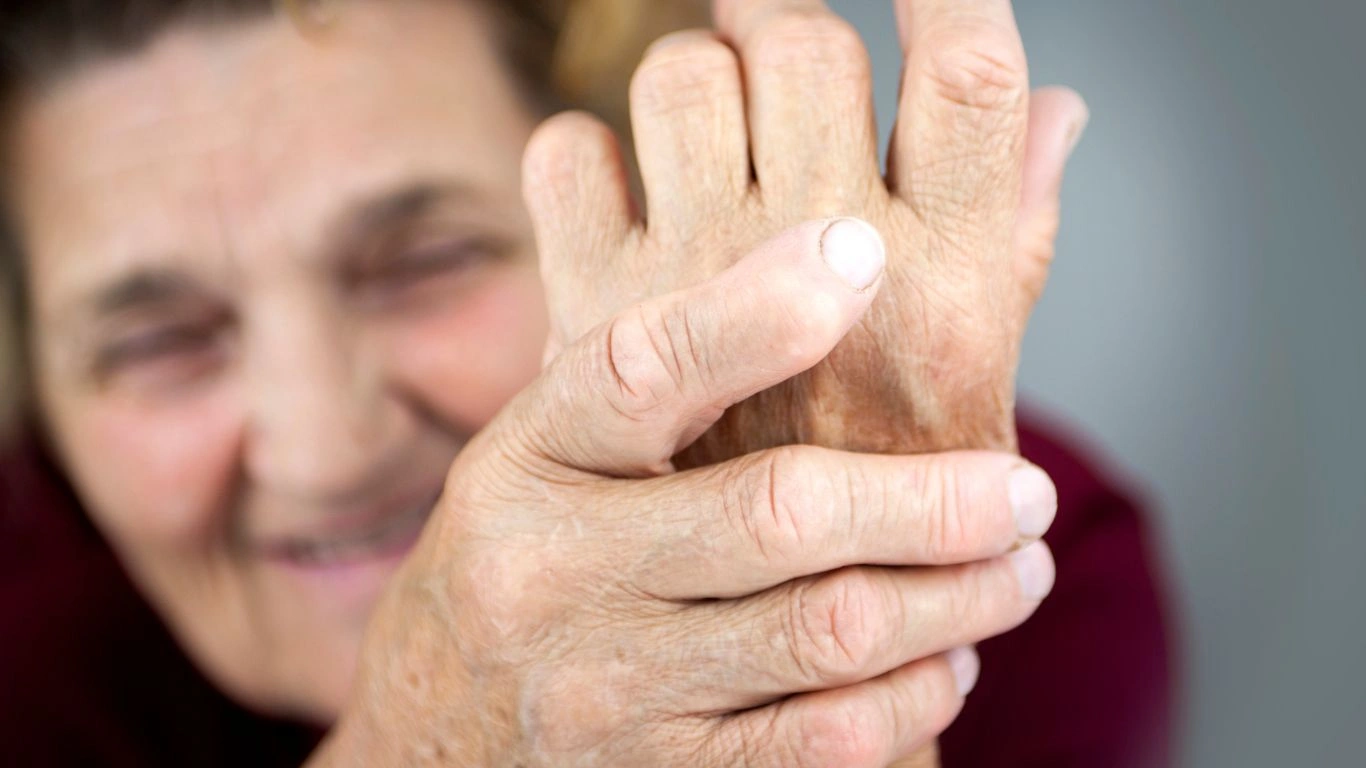
Living with rheumatoid arthritis isn’t just about dealing with joint pain—it’s about adjusting to an entirely new way of life. When I work with patients, one of the first things they tell me is how much RA has stolen from their daily routine. Simple things, like opening a jar of peanut butter or tying shoelaces, suddenly feel like impossible tasks. And let’s not even get started on the fatigue—that bone-deep exhaustion that doesn’t care how much you rest.
Chronic Fatigue: The Invisible Symptom
People often assume RA is only about joint pain, but ask anyone living with it, and they’ll tell you the exhaustion can be just as bad—sometimes worse. RA-related fatigue isn’t just being “a little tired.” It’s a crushing wave that makes you feel like your body is made of cement.
- It’s waking up tired even after a full night’s sleep.
- It’s feeling like a nap is the only way to make it through the day.
- It’s struggling to concentrate because even your brain feels foggy.
One of my patients, Sarah, once said, “Some days, I feel like I have the flu, but without the fever.” That’s the best way I can describe it—like your body is fighting something invisible all the time.
RA and Mental Health: The Emotional Toll
It’s easy to talk about the physical symptoms, but what about the emotional side of RA? Losing your mobility, dealing with constant pain, and struggling with fatigue can take a huge toll on your mental health. Many people experience:
- Depression—from feeling like their body is working against them.
- Anxiety—about how RA will progress and what the future holds.
- Social withdrawal—because sometimes, it’s easier to stay home than explain why you can’t keep up.
I’ve seen firsthand how this disease can chip away at a person’s confidence. But here’s the truth: You are not your disease. RA may change how you move, but it doesn’t define who you are.
Strategies to Manage RA and Preserve Joint Mobility

Now, let’s talk about something more empowering—what you can actually do to slow down the progression of RA and keep moving. While there’s no magic cure, a combination of lifestyle changes, medical treatments, and daily habits can make a world of difference.
Exercise: Move It or Lose It
I know what you’re thinking—exercise with RA? Sounds like torture, right? But the truth is, the right kind of movement can actually reduce stiffness and help maintain joint function.
Some of the best RA-friendly exercises include:
- Gentle stretching to keep joints flexible.
- Low-impact activities like swimming or cycling.
- Strength training to support weakened joints.
- Yoga and tai chi for balance and mobility.
The key is to find what works for you. One of my patients swears by water aerobics because it takes the pressure off her joints. Another sticks to chair yoga on flare-up days. The important thing? Keep moving—at your own pace.
Anti-Inflammatory Diet: Food as Medicine
What you eat can either fuel inflammation or fight it. I always recommend an anti-inflammatory diet packed with:
- Fatty fish like salmon (rich in omega-3s)
- Leafy greens, berries, and nuts
- Turmeric and ginger (natural inflammation fighters)
- Olive oil instead of processed fats
One thing to avoid? Processed foods loaded with sugar, refined carbs, and trans fats. They’re like throwing gasoline on the fire.
Medications and Therapies: Finding the Right Balance
There’s no one-size-fits-all approach when it comes to RA treatment. Some people respond well to DMARDs (disease-modifying antirheumatic drugs), while others need a combination of biologics, pain relievers, and physical therapy. The key is working with your doctor to find what helps you stay mobile and pain-free.
Adapting Your Lifestyle for RA

RA forces you to rethink how you do things, but it doesn’t mean giving up. Small changes in daily habits can keep you independent and active for longer.
Joint Protection: Work Smarter, Not Harder
Using adaptive tools and joint-friendly techniques can help prevent strain. Some game-changing tips include:
- Using jar openers, zipper pulls, and other assistive devices.
- Carrying lightweight bags to avoid stress on your wrists.
- Holding objects with both hands to distribute weight.
- Taking frequent breaks during repetitive tasks.
Rest and Recovery: Listen to Your Body
Some days, pushing through the pain just isn’t an option. That’s okay. Learning to balance activity with rest is one of the most important things you can do for long-term joint health.
Here’s what helps:
- Prioritizing quality sleep—aim for 7-9 hours.
- Using heat or cold therapy to soothe aching joints.
- Practicing mindfulness or meditation to reduce stress.
One of my favorite pieces of advice? Give yourself grace. There will be good days and bad days. Learning to ride the wave and adapt is key.
Building a Support System When Living With RA

One thing I’ve learned from years of working with people living with rheumatoid arthritis and its role in joint mobility loss is this: no one should go through it alone. The emotional and physical weight of RA is heavy, and trying to carry it all by yourself only makes it harder. I’ve seen time and time again how powerful it can be when someone has a solid support system—whether that’s friends, family, a healthcare team, or even a community of fellow RA warriors online.
Talking About It Helps (Even When It’s Tough)
So many folks with RA tell me they feel misunderstood. “But you don’t look sick” is a phrase they hear far too often. And I get it—it’s frustrating. That’s why open conversations with the people closest to you are crucial. Don’t be afraid to explain what RA really feels like. Let them know that some days are great, but others are just… not. This isn’t complaining—it’s advocating for yourself.
Finding the Right Medical Team
If I can give one piece of advice here, it’s this: find a rheumatologist who truly listens. You deserve someone who understands both the science and the personal toll of the disease. And don’t stop there—build a multidisciplinary team. A good physical therapist, occupational therapist, and even a mental health counselor can all play a role in keeping you moving and feeling like yourself.
Online Support Groups: The Unexpected Lifeline
Sometimes the most helpful people are the ones who’ve been where you are. There are amazing online forums and social media groups where people with RA swap tips, vent frustrations, and share little victories. Trust me, you’re not alone—and hearing someone else say, “Me too,” can be incredibly healing.
Latest Innovations in RA Treatment and Joint Mobility Preservation

The good news? We’re living in a time where research is moving fast, and treatment options are constantly evolving. When I first started in rheumatology, the options were more limited. Today, we have more tools in our toolbox—and more hope.
Biologics and Targeted Synthetic DMARDs
These aren’t your grandma’s arthritis meds. Biologics and JAK inhibitors are designed to target specific parts of the immune system, helping to reduce inflammation and slow joint damage. I’ve seen patients who could barely walk regain their ability to function with the right treatment plan in place.
Some game-changers to ask your doctor about:
- TNF inhibitors like etanercept and adalimumab
- JAK inhibitors such as tofacitinib and upadacitinib
- IL-6 inhibitors like tocilizumab
Advanced Imaging and Monitoring
Gone are the days when we had to guess what was going on inside your joints. With high-resolution ultrasound and MRI scans, we can see inflammation before it becomes visible on X-rays. This means earlier diagnosis, better treatment tracking, and hopefully, less damage down the line.
Regenerative Therapies: Still Experimental, But Promising
Stem cell therapy and platelet-rich plasma (PRP) injections are being studied as ways to regenerate damaged tissue. While not mainstream yet, they’re showing promise in early trials. As always, consult with your specialist and stay up to date through reliable sources like Mayo Clinic or NIH if you’re curious about cutting-edge options.
Empowering Yourself: Mindset Matters More Than You Think
RA can feel like a thief—it steals your energy, your mobility, and sometimes, your confidence. But here’s what I’ve seen over and over: the people who do best are the ones who refuse to let RA write their entire story.
Celebrate Small Wins
Got out of bed without pain this morning? That’s a win. Took a walk around the block? Another win. Mobility loss from RA doesn’t happen overnight, and neither does progress. But every stretch, every healthy choice, every step you take is a step toward a stronger, more empowered you.
Stay Curious and Informed
The more you understand your condition, the more control you can take back. Keep asking questions, keep reading, and don’t settle for being in the dark. Trusted sources like Arthritis Foundation, WebMD, and CDC are great places to learn more without getting overwhelmed.
Build a Routine That Works for You
Whether it’s morning stretches, meal prepping anti-inflammatory meals, or journaling your symptoms, routines help you stay grounded. They give you back some sense of control—and that’s priceless when RA feels chaotic.
Final Thoughts on Rheumatoid Arthritis and Joint Mobility Loss
Living with rheumatoid arthritis is no walk in the park, but with the right strategies, the right support, and the right mindset, it’s absolutely possible to lead a full and meaningful life. Joint mobility loss isn’t the end of the road—it’s just one of the many challenges that can be managed with knowledge, consistency, and care.
From a professional and personal standpoint, I can say with complete honesty: I’ve watched people go from barely moving to thriving—and it all starts with awareness, early intervention, and choosing to show up for yourself every single day.
Let’s Keep the Conversation Going
If you or someone you love is living with RA, don’t hesitate to connect, ask questions, or share your own tips. You never know who needs to hear that they’re not alone.
References:
- https://www.arthritis.org
- https://www.mayoclinic.org
- https://www.nih.gov
- https://www.webmd.com
- https://www.cdc.gov
Disclaimer: This content is for informational purposes only and is not a substitute for professional medical advice, diagnosis, or treatment. Always consult your healthcare provider with questions about your health condition.

Tarra Nugroho is a dedicated Nurse Practitioner with a strong foundation in family and preventive care. She brings both compassion and clinical expertise to her practice, focusing on patient-centered care and health education. As a contributor to Healthusias.com, Tarra translates medical knowledge into clear, empowering articles on topics like women’s health, chronic disease management, and lifestyle medicine. Her mission is simple: help people feel seen, heard, and informed—both in the clinic and through the content she creates. When she’s not caring for patients, Tarra enjoys weekend hikes, plant-based cooking, and curling up with a good health podcast.



